Welcome to this part of the C1 course, where we’ll delve into the captivating world of English literature and media. In this lessons, you’ll examine both contemporary and classic works, and compare texts from different periods. This will broaden your understanding of how literature and media evolve over time, and how these works reflect the societies in which they were created.

EXAMPLES OF LITERATURE AND MEDIA FROM DIFFERENT PERIODS
We will begin by listing a selection of classic and contemporary novels and works of English literature. How many of these have you read?
Classic English Literature
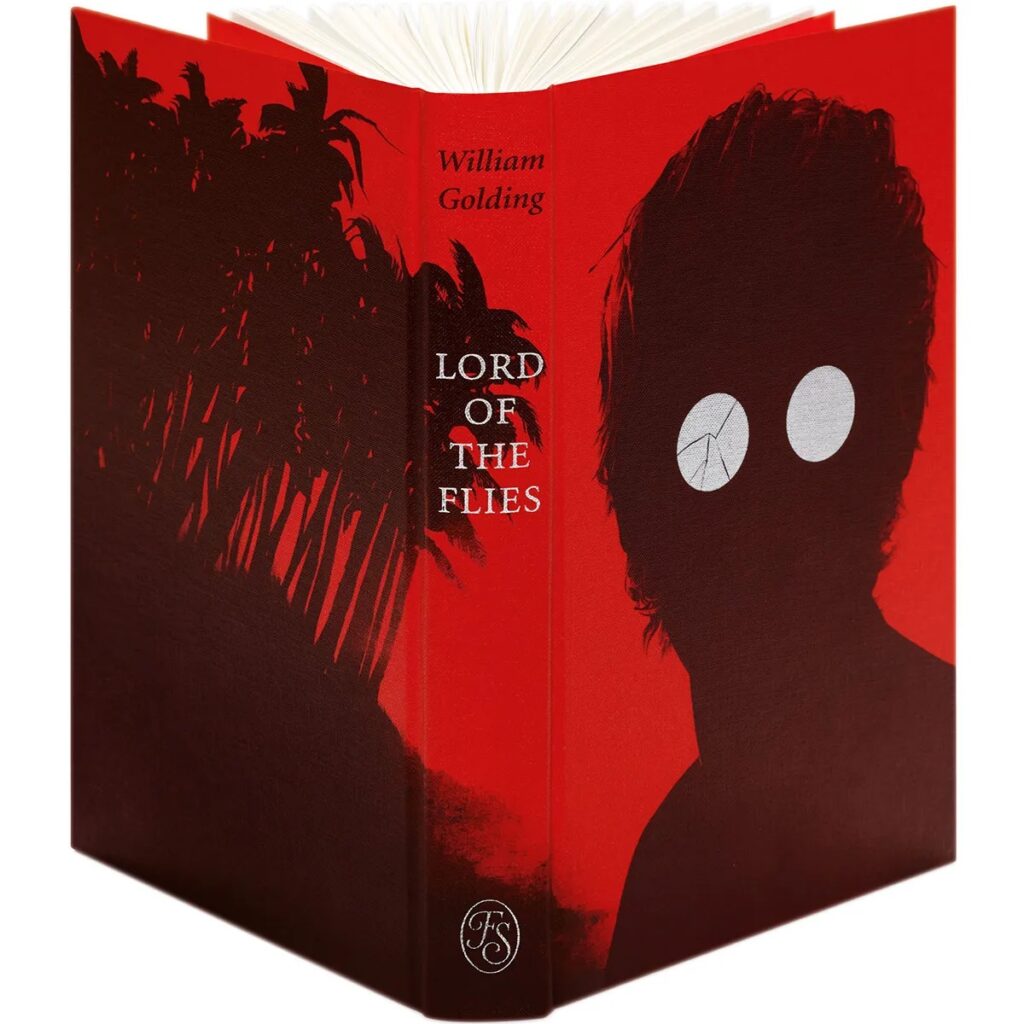
“Lord of the Flies” by William Golding (1954)
This novel about a group of boys stranded on a deserted island explores the dark aspects of human nature and society, making it a gripping and intense read.
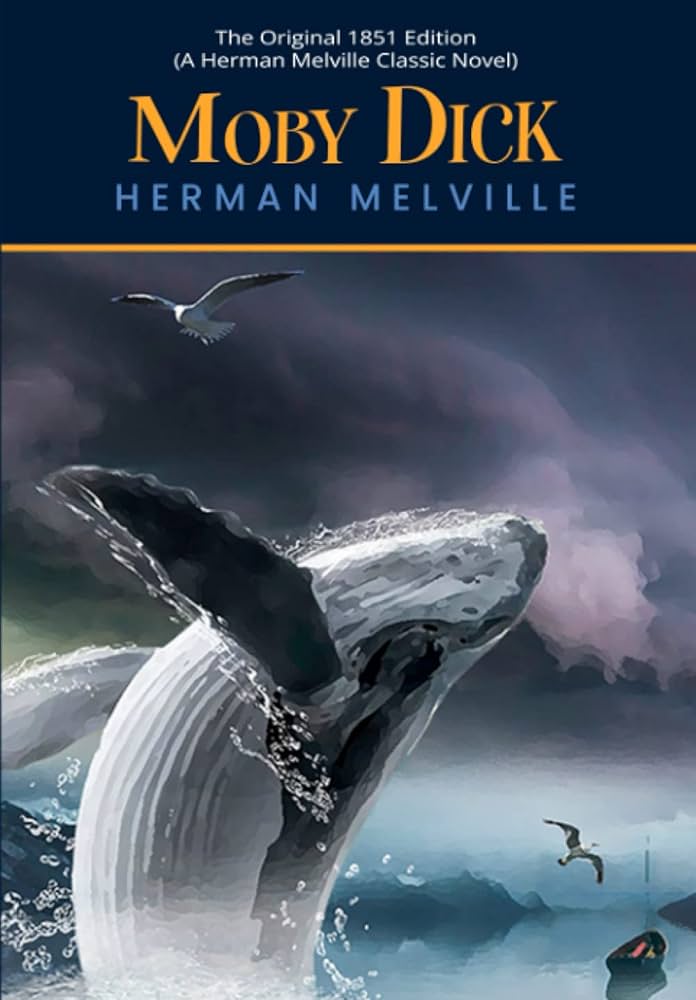
“Moby-Dick” by Herman Melville (1851)
An epic tale of obsession and revenge, centered around Captain Ahab’s pursuit of the white whale, Moby-Dick.
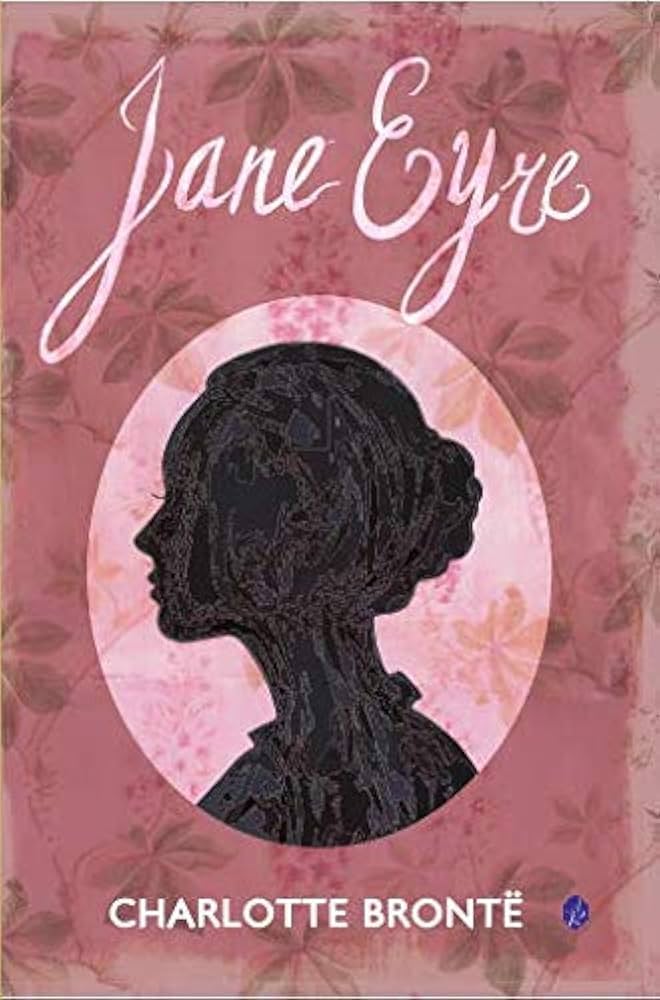
“Jayne Eyre” by Charlotte Brontë (1847)
This classic novel tells the story of an orphaned girl who grows up facing hardships and becomes a governess and falls in love with her employer. As their relationship develops, Jane discovers a hidden secret that tests her morals and forces her to choose between love and independence.
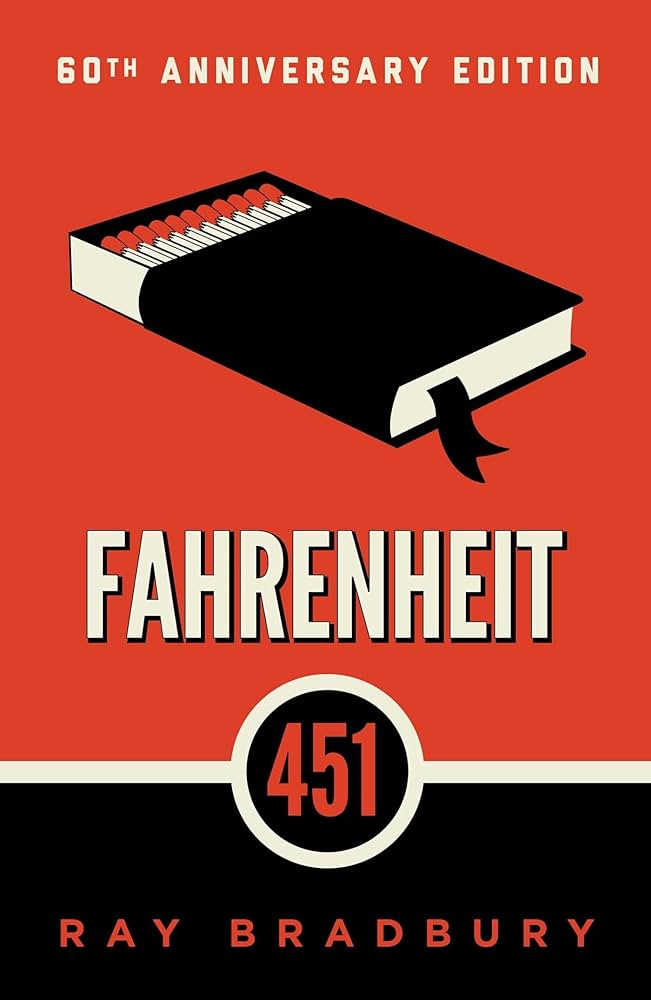
“Fahrenheit 451” by Ray Bradbury (1953)
This dystopian novel about a society where books are banned and “firemen” burn them explores themes of censorship, technology, and the power of literature, encouraging critical thinking and discussion.
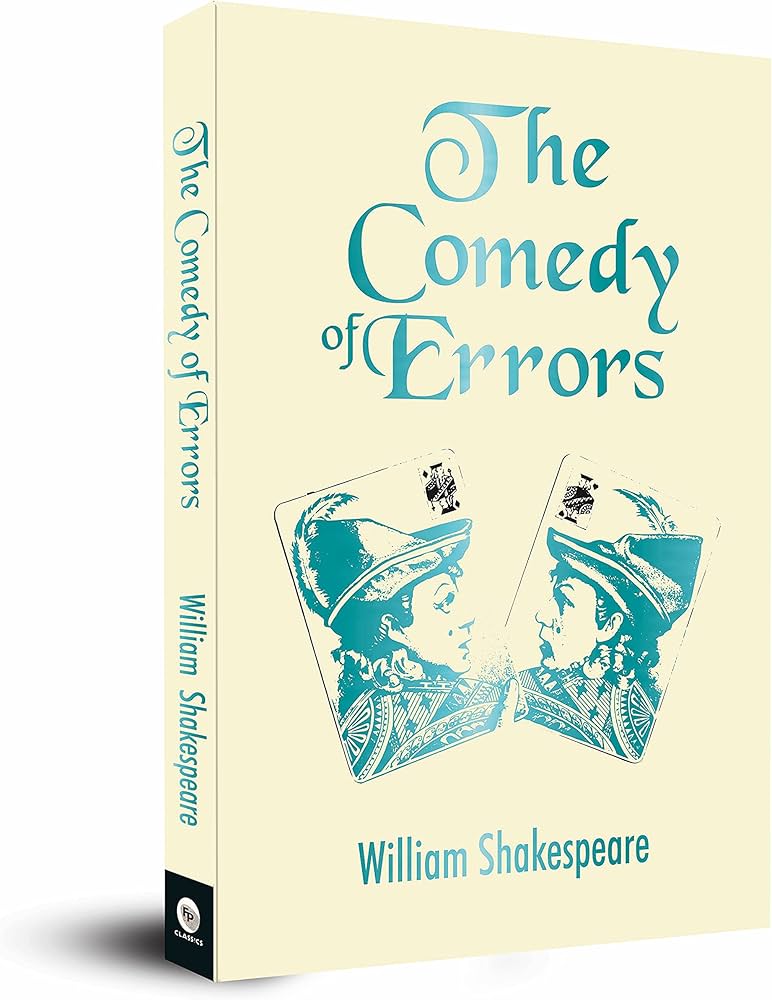
“The Comedy of Errors” by William Shakespeare (1594)
An accessible introduction to William Shakespeare’s works, The Comedy of Errors is a fast-paced play that offers a lighter, more approachable way to start exploring his writing. The play features two sets of identical twins separated at birth, leading to a whirlwind of humorous misunderstandings and mistaken identities when they unknowingly arrive in the same city.
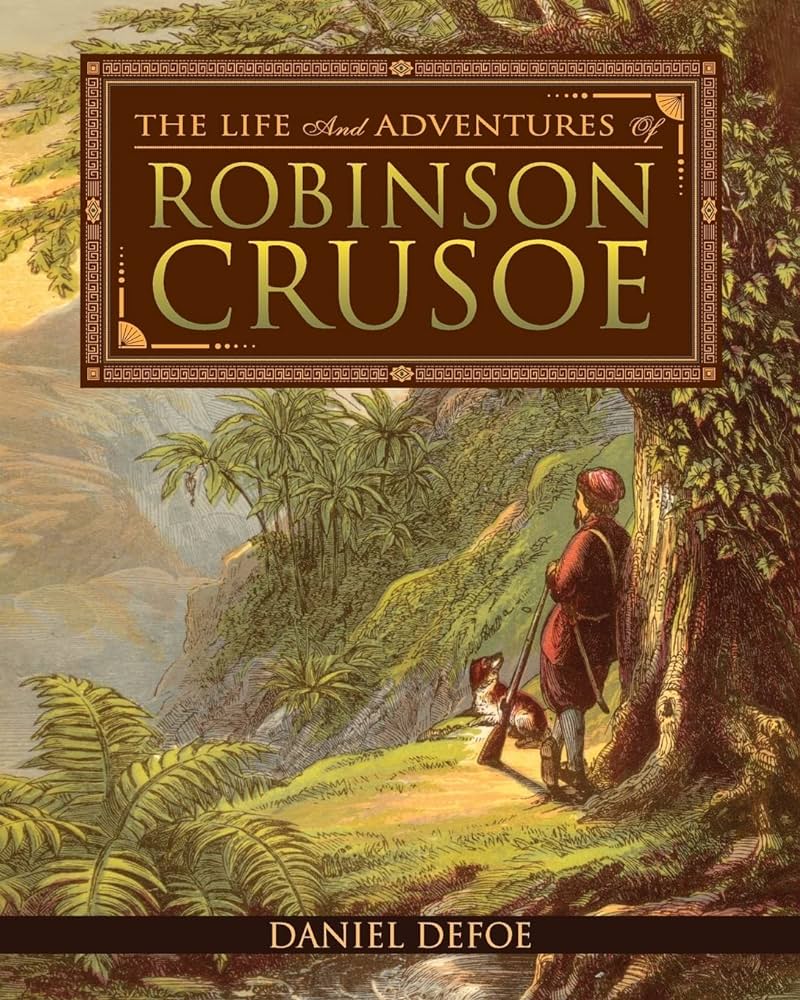
“Robinson Crusoe” by Daniel Defoe (1719)
This novel follows the story of a man who becomes shipwrecked on a deserted island and must survive alone for 28 years. The novel explores themes of survival, self-reliance, and human resilience, as Crusoe transforms his isolation into an opportunity for personal growth and reflection.
Contemporary English Literature
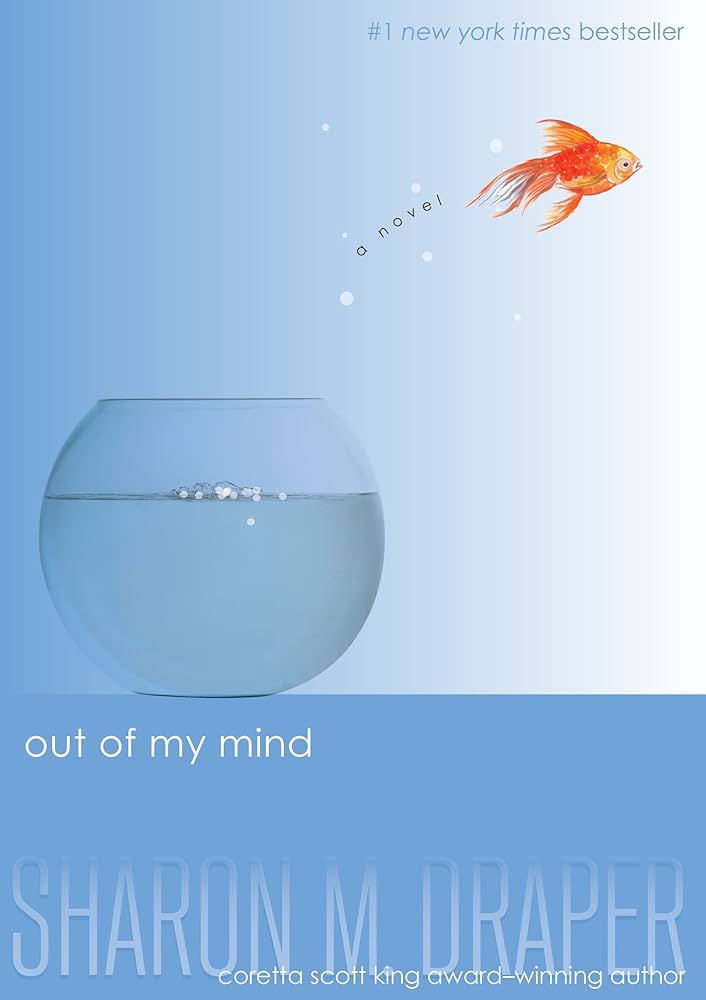
“Out of My Mind” by Sharon M. Draper (2010)
This novel follows Melody, a brilliant girl with cerebral palsy who cannot speak or walk, as she finds her voice and proves that she is more than her disability. It’s a powerful story about determination, intelligence, and the importance of being heard.
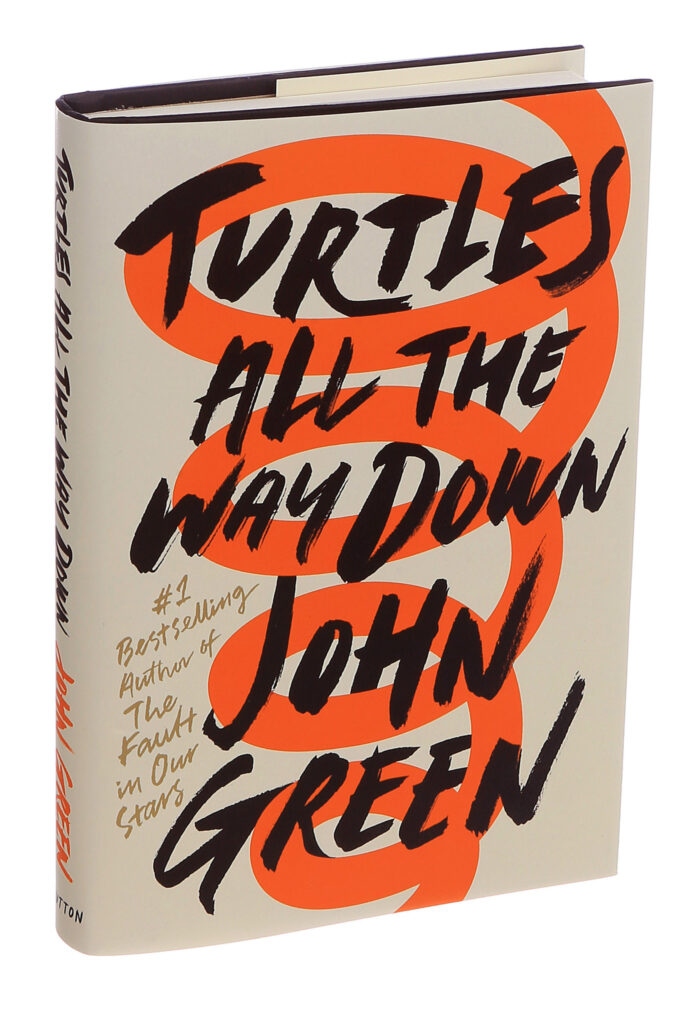
“Turtles All the Way Down” by John Green (2017)
This novel follows a young girl named Aza Holmes as she navigates life with obsessive-compulsive disorder while trying to solve the mystery of a missing billionaire. It’s a thoughtful exploration of mental health and friendship.”
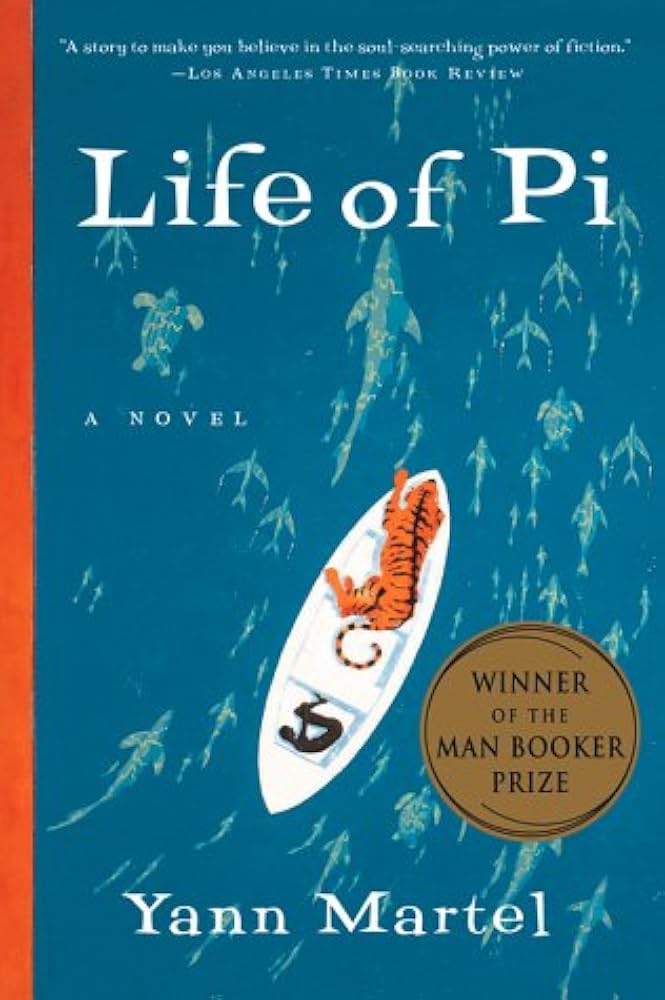
“Life of Pi” by Yann Martel (2001)
This novel tells the extraordinary story of Pi Patel, a young boy who survives a shipwreck and is stranded on a lifeboat in the Pacific Ocean with a Bengal tiger. The book explores themes of survival, hope, and the nature of storytelling.
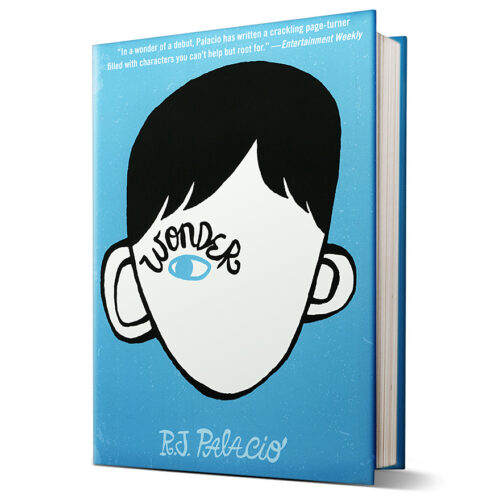
“Wonder” by R.J. Palacio (2012)
A heartwarming story about a young boy named Auggie with a facial difference, as he navigates the challenges of attending school for the first time. The novel focuses on kindness, acceptance, and the impact of bullying.
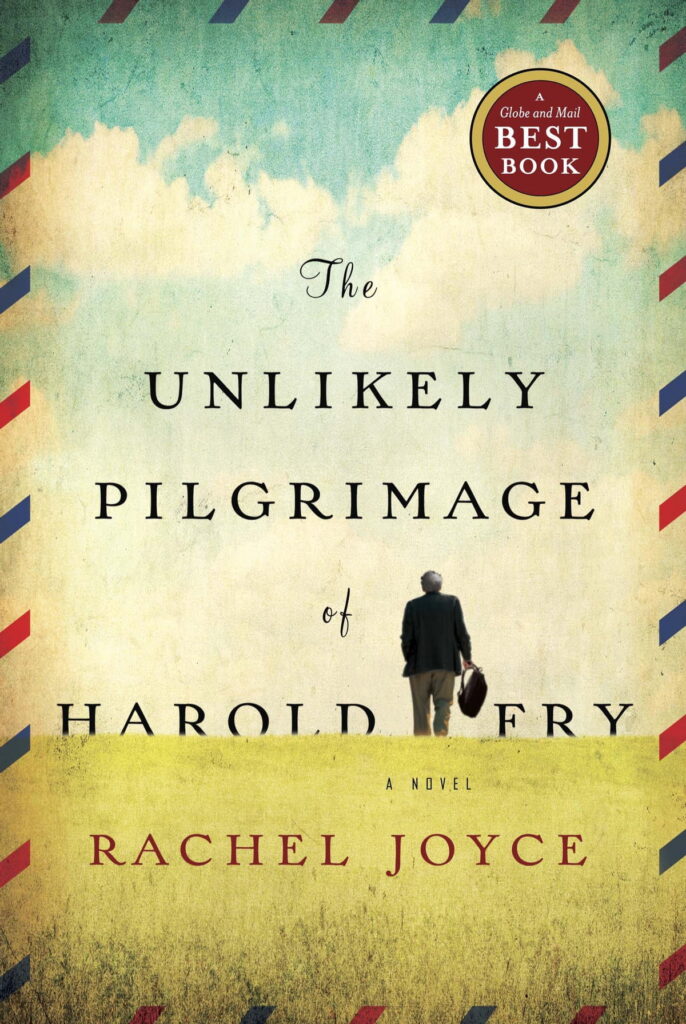
“The Unlikely Pilgrimage of Harold Fry” by Rachel Joyce (2012)
A gentle and inspiring novel about a retired man who embarks on a spontaneous walking journey across England to visit a dying friend, reflecting on his life and relationships along the way.
Here are some examples of classic and contemporary English media:
Classic English Media
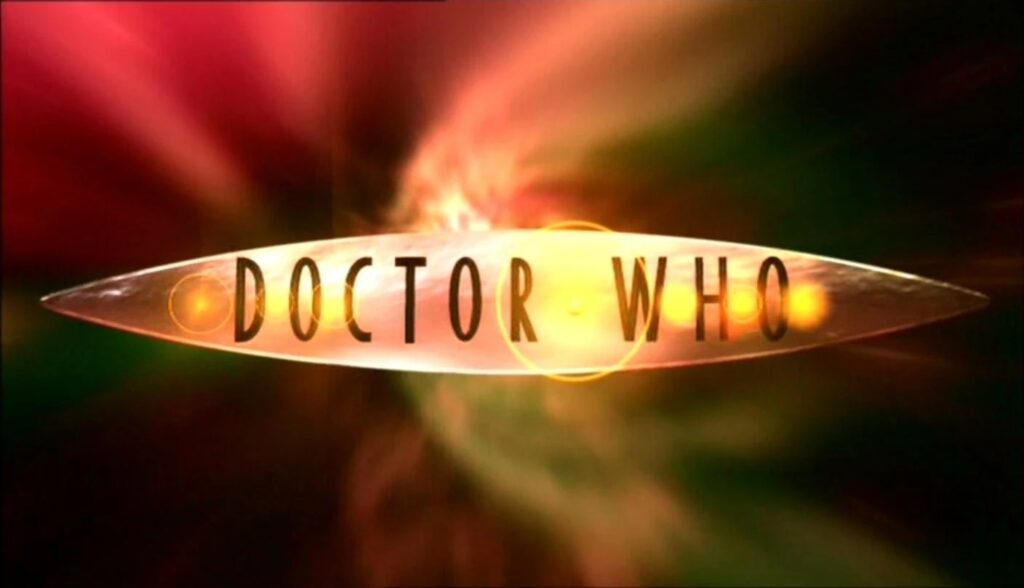
“Doctor Who” (TV Series, 1963–present)
A long-running British sci-fi series about the adventures of the Doctor, a time-traveling alien with a human appearance.
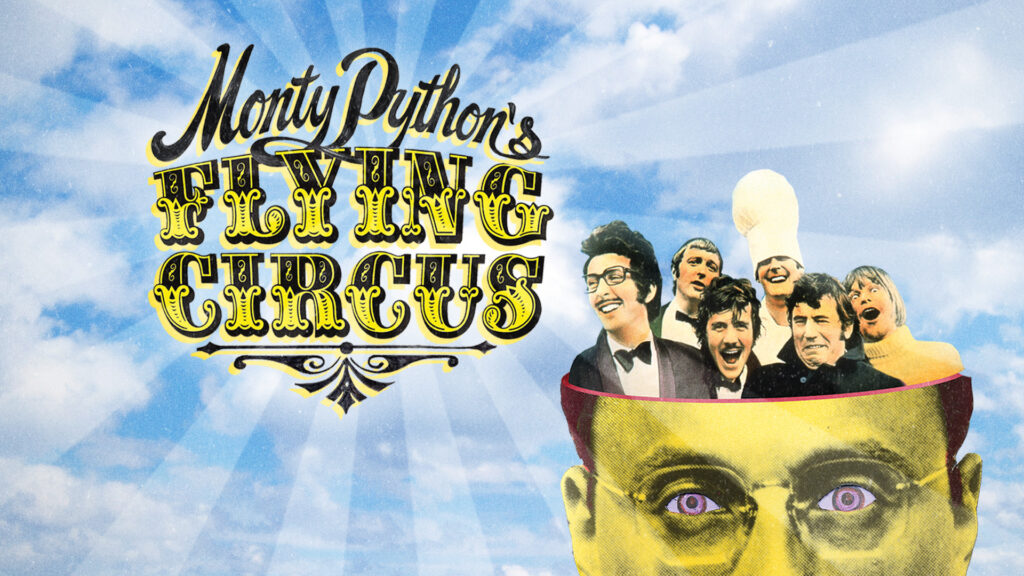
“Monty Python’s Flying Circus” (TV Series, 1969–1974)
A British sketch comedy series known for its surreal humor and innovative style.
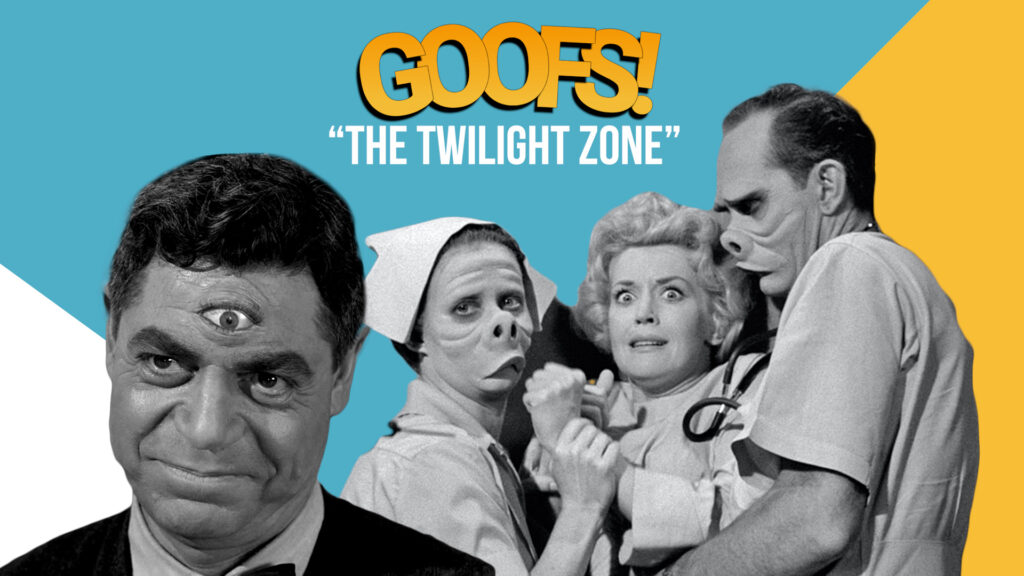
“The Twilight Zone” (TV Show, 1959–1964)
An American anthology series created by Rod Serling that blends science fiction, horror, and fantasy. Each episode presents a self-contained story with a moral or thought-provoking twist, making it a pioneering and influential show in the genre.
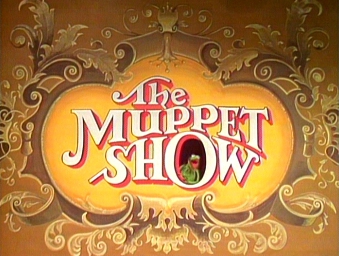
“The Muppet Show” (TV Show, 1976–1981)
A family-oriented variety show, featuring the antics of the Muppets as they put on a weekly show. The program is known for its clever humor, memorable characters like Kermit the Frog and Miss Piggy, and celebrity guest stars.
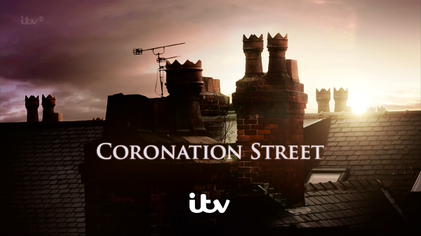
“Coronation Street” (TV Show, 1960–present)
A British soap opera set in the fictional town of Weatherfield, following the lives of its residents. Known for its realistic portrayal of working-class life, Coronation Street is one of the longest-running TV shows in history.
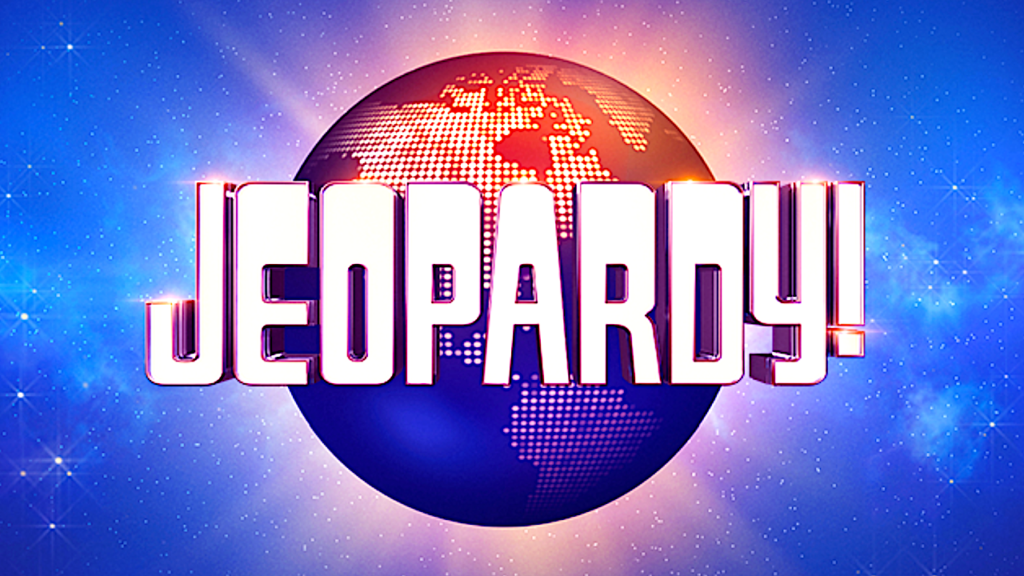
“Jeopardy!” (TV Show, 1964–present)
Jeopardy! is a long-running American quiz show where contestants are presented with general knowledge clues in the form of answers, and they must respond in the form of questions. The show is known for its intellectual rigor, iconic theme music, and the legendary host Alex Trebek.
Contemporary English Media
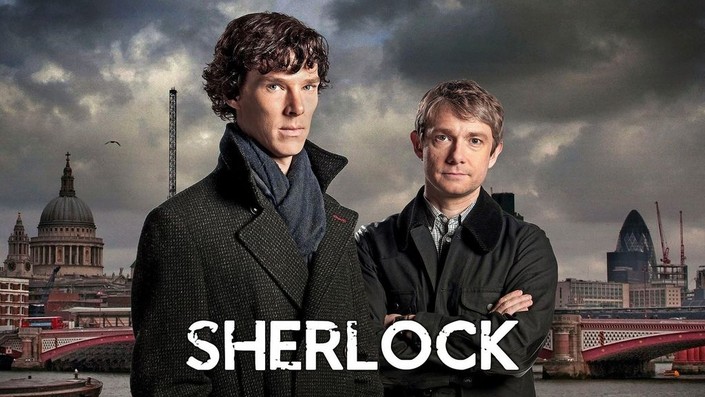
“Sherlock Holmes” (TV Series, 2010–2017)
A modern adaptation of Arthur Conan Doyle’s classic detective stories, starring Benedict Cumberbatch as Sherlock Holmes.
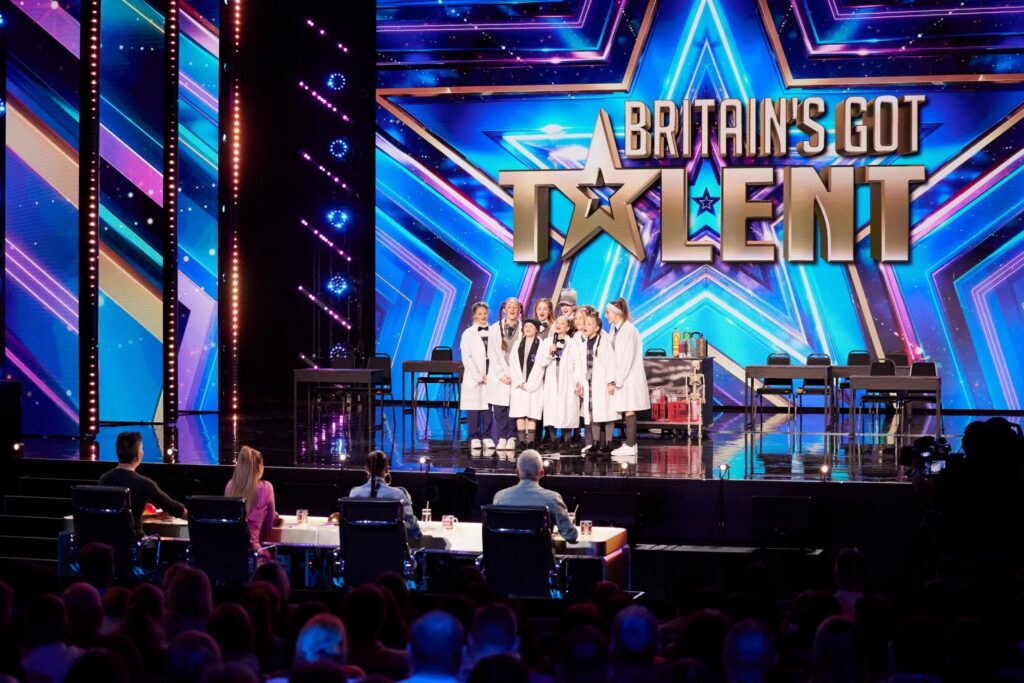
“Britain’s Got Talent” (TV Show, 2007–present)
A show where contestants perform in front of a panel of judges and a live audience. Like its American counterpart, the show features a wide range of talents, and the winner gets a cash prize and a spot in the Royal Variety Performance.
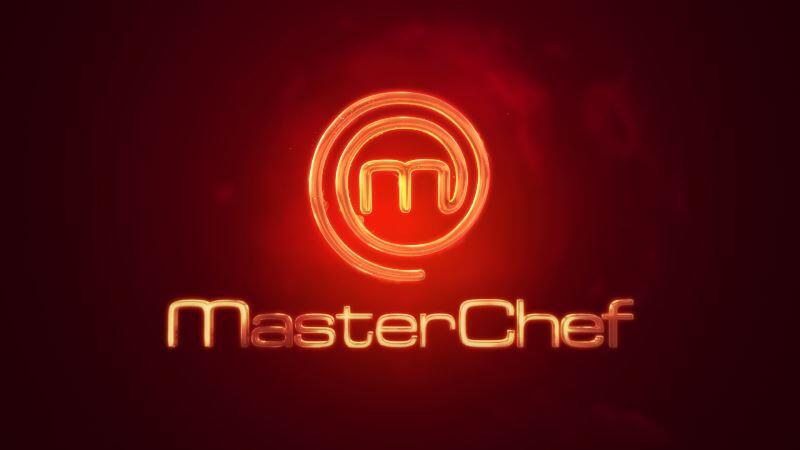
“MasterChef” (TV Show, 1990–present)
A cooking competition where amateur chefs compete in various culinary challenges, judged by professional chefs. The contestants face elimination challenges, and the winner earns the title of MasterChef and a cash prize. Although it started in the UK, the show has several international versions.
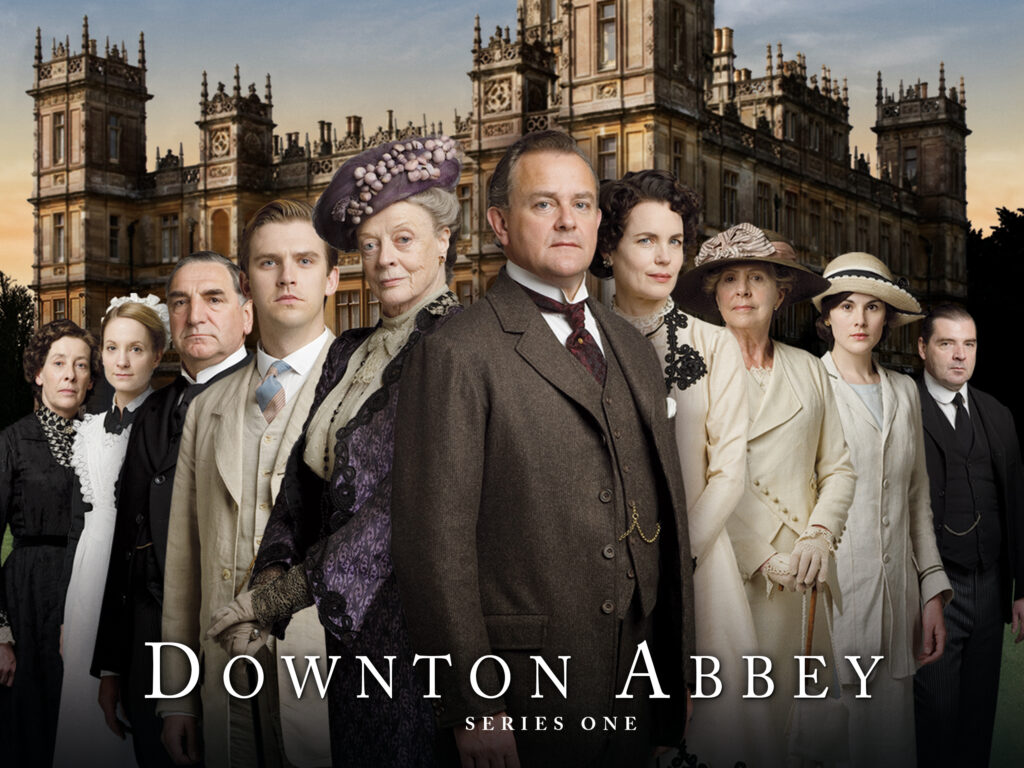
“Downton Abbey” (TV Series, 2010–2015)
A period drama that explores the lives of the British aristocracy and their servants in the early 20th century.

“Top Gear” (TV Show, 2002–present)
A popular British motoring show that reviews cars and features various automotive challenges across the world. Known for its humor and adventurous stunts, the show has a global following and has spawned several international versions.
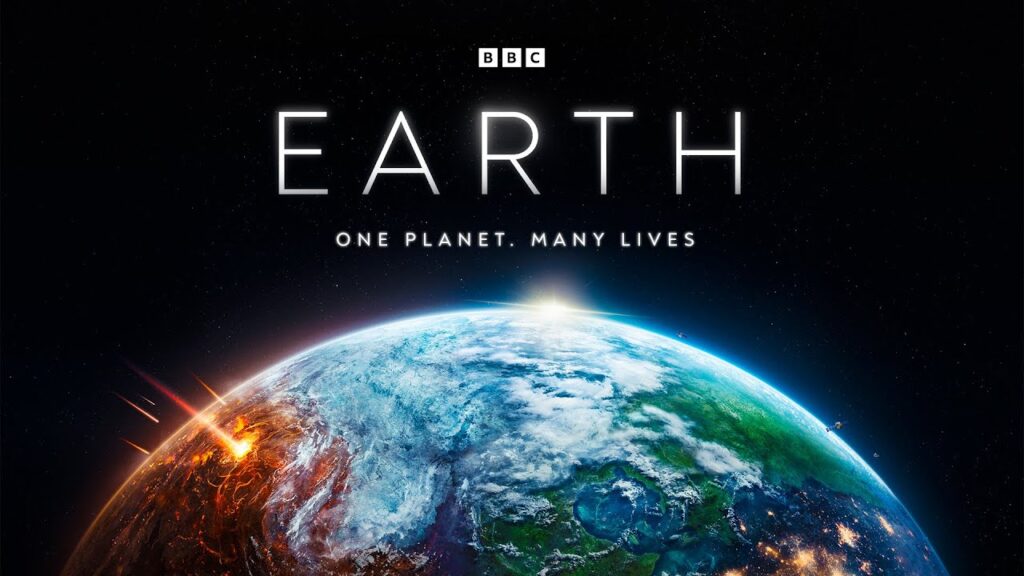
“Planet Earth” (Documentary Series)
A stunning nature documentary series narrated by Sir David Attenborough, showcasing the beauty of our planet’s wildlife and landscapes. The series is educational and visually captivating.
Of course, there are many more examples of classic and contemporary English media and literature. Which ones would you recommend to your classmates, teachers, and the next generation?
ANALYSIS OF CONTEMPORARY AND CLASSIC ENGLISH LITERATURE AND MEDIA
No matter which literature or media you enjoy, what should you keep in mind when applying critical thinking to analyze them? Explore the key factors in the following presentation.
Sample Analysis 1
Next, we will apply the key aspects mentioned in the presentation to analyze the modern “Sherlock” TV series, which ran from 2010 to 2017:
Context:
Historical Background: The series modernizes Arthur Conan Doyle’s Victorian-era detective stories, adapting them for today’s audience.
Adaptation Choices: The creators updated the characters and setting to reflect current societal values and technology.
Themes and Messages:
Central Themes: The show explores the themes of friendship, loyalty, genius, and the darker aspects of human nature.
Underlying Messages: Technology and media influence are shown to influence the complex relationships in modern society.
Character Development:
Character Arcs: Sherlock grows from a detached genius to a more emotionally aware character, and his friend’s relationship with Watson becomes more balanced.
Motivations: Sherlock Holmes is driven by his desire to prove his intellectual superiority. Meanwhile, Moriarty, his arch-nemesis, is equally brilliant but motivated by chaos and destruction, and wishes to test Sherlock’s skills and morality.
Structure and Style:
Narrative Structure: The show’s non-linear narrative and complex mysteries enhance suspense and viewer engagement.
Language and Style: The witty dialogue, use of modern technology, and visual effects define the show’s tone.
Audience and Purpose:
Intended Audience: The series appeals to both fans of the original stories and new viewers.
Purpose: It revitalizes classic literature, making it accessible and relevant to today’s audience.
Moral and Ethical Considerations:
Moral Questions: Sherlock bypasses legal protocols, raising questions about the balance between lawful behavior and achieving the “greater good.” Other moral dilemmas include: Can one be truly moral without empathy? How should one use power and intellect responsibly? Does the end justify the means?
Relevance Today: The moral dilemmas in the show relate to contemporary issues like privacy in a technological world, and the reach that government’s laws should have.
Impact and Legacy:
Cultural Impact: Sherlock has renewed interest in detective fiction and influenced other media.
Critical Reception: The series has been received extremely well, and its impact has extended outside of the UK and the Anglosphere.
Personal Response:
Personal Reflection: Here you should consider your own reaction to the show and what aspects resonate with you.
Bias and Perspective: Be aware of how your own preferences influence your interpretation of the series, specially on what’s right and wrong.
Sample Analysis 2
In this second example, we will apply the same key aspects as before to analyze the classic 1847 novel “Jane Eyre.”
Context:
Historical and Cultural Background: Jane Eyre was published in 1847 during the Victorian era, a time of strict social hierarchies and rigid gender roles. Understanding this context helps us appreciate the novel’s exploration of class, gender, and the constraints placed on women.
Author’s Background: Charlotte Brontë’s own experiences as a governess and her upbringing in a remote parsonage shaped the novel’s themes of independence, morality, and social criticism.
Themes and Messages:
Central Themes: Key themes in Jane Eyre include the struggle for personal autonomy, the conflict between passion and duty, and the quest for equality in relationships. The novel also addresses issues of social class, religion, and morality.
Underlying Messages: The novel subtly critiques the limitations placed on women in Victorian society and advocates for a balance between emotional fulfillment and moral integrity.
Character Development:
Character Arcs: Jane Eyre’s character evolves from a mistreated orphan into a strong, independent woman who values her self-respect and moral principles. Mr. Rochester undergoes a transformation from a brooding, secretive figure to someone capable of true repentance and humility.
Motivations and Relationships: Jane’s decisions are driven by her desire for love, respect, and autonomy. Her relationship with Mr. Rochester is complex, highlighting the struggle for equality in love and the importance of mutual respect.
Structure and Style:
Narrative Structure: The novel is structured as a first-person narrative, allowing readers to closely follow Jane’s inner thoughts and emotions. The chronological progression from childhood to adulthood emphasizes Jane’s personal growth.
Language and Style: Brontë’s use of Gothic elements, vivid descriptions, and symbolic imagery (e.g., the “red-room” and the split chestnut tree) enhances the novel’s emotional depth and thematic richness.
Audience and Purpose:
Intended Audience: Jane Eyre was originally aimed at a 19th-century readership, many of whom were women. The novel challenged contemporary expectations of women’s roles and provided a strong, relatable female protagonist.
Purpose: Brontë sought to explore themes of self-respect, moral integrity, and the need for equality in relationships, while also critiquing social injustices, particularly those faced by women and the poor.
Moral and Ethical Considerations:
Moral Questions: The novel raises ethical dilemmas, such as Jane’s decision to leave Mr. Rochester despite her love for him, which emphasizes the importance of personal integrity over romantic desire. It also questions the moral implications of Mr. Rochester’s past actions.
Relevance Today: The novel’s exploration of gender equality, personal autonomy, and the importance of staying true to one’s values remains relevant, offering insights into contemporary discussions about feminism and social justice.
Impact and Legacy:
Cultural Impact: Jane Eyre has had a profound influence on literature, particularly in the development of the female bildungsroman (coming-of-age story). It has inspired countless adaptations and continues to be studied for its groundbreaking portrayal of a strong, independent woman.
Critical Reception: Initially, the novel received mixed reviews, with some critics praising its emotional depth and others questioning its defiance of social norms. Over time, it has been recognized as a classic, lauded for its complex characters and themes.
Personal Response:
Personal Reflection: Readers often connect with Jane Eyre’s resilience, independence, and moral fortitude. Her journey of self-discovery and her insistence on equality in relationships resonate with those who value personal integrity and social justice.
Bias and Perspective: While analyzing the novel, it’s important to consider how contemporary values and perspectives on gender, class, and morality might influence one’s interpretation of the characters and themes.
By considering these factors, you can effectively apply critical thinking to analyze both classic and contemporary literature or media, leading to a more nuanced and informed understanding of the work. This will help you enjoy the works as the authors or creators intended, and you can revisit them with a deeper, more complete perspective.
Learning Activities
Classic Literature/Media Analysis
Pick one of your favorite classic books or TV shows and analyze it following the points outlined in the presentation “Key Aspects in Literature and Media Analysis”, which you can find in this lesson. You will present your analysis in front of the class.
Contemporary Literature/Media Analysis
Pick a modern book or TV show and analyze it following the points featured in the presentation “Key Aspects in Literature and Media Analysis”, which you can find in this lesson. You will present this analysis in front of the class.
Comparison Debate
Everyone will be split into teams and given a classic book and its modern TV or movie adaptation. The teams will debate which version more effectively conveys the story’s themes and messages, using examples from both. The winning team will earn Krugs.
Modern Twists
Pick a classic novel and rewrite it with a modern setting and characters. Describe how these changes would impact the story. You will explain to the class your reasoning behind the changes and how you envision the plot unfolding. The top three most engaging stories will earn Krugs.
Character Social Media Profiles
Create social media profiles (e.g., Instagram, TikTok) for characters from a classic novel or TV show. You should include posts, images, and interactions that reflect the character’s personality, motivations, and relationships.
